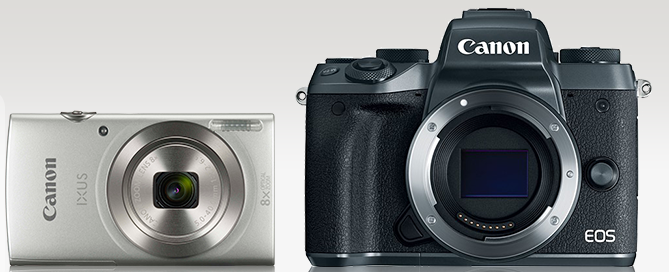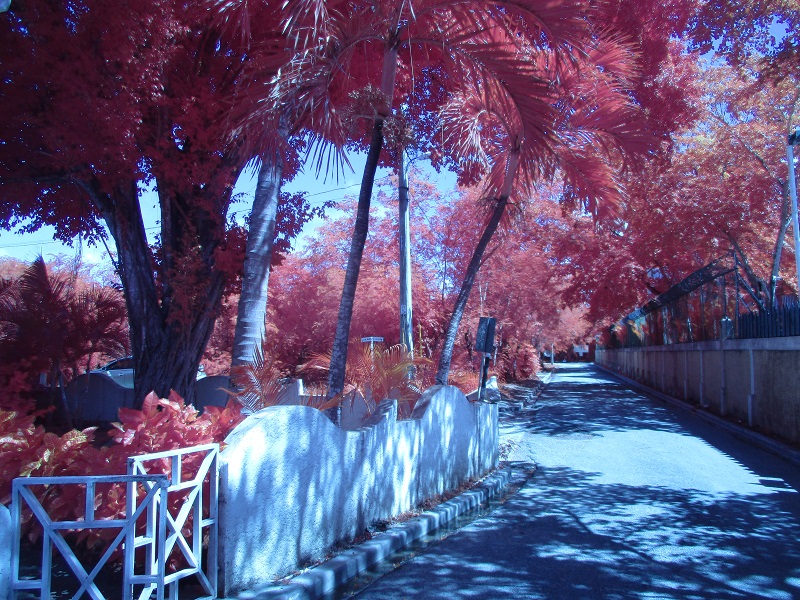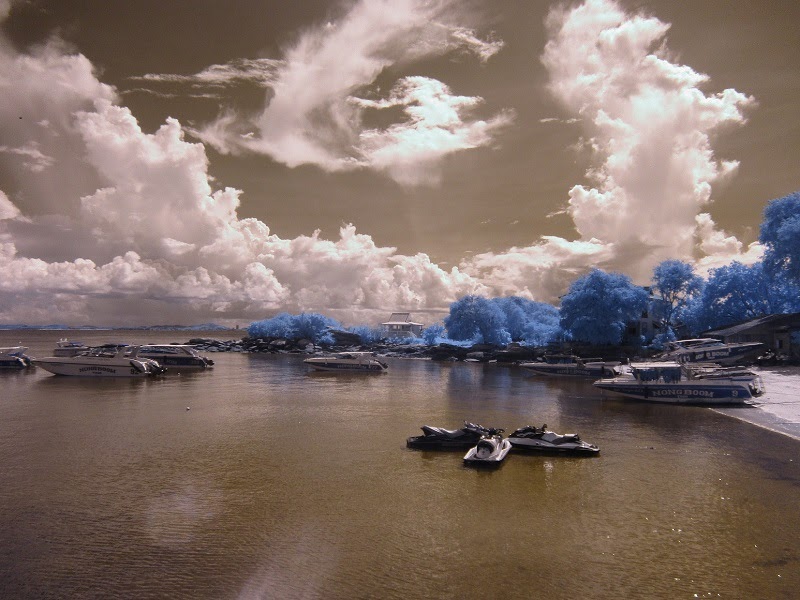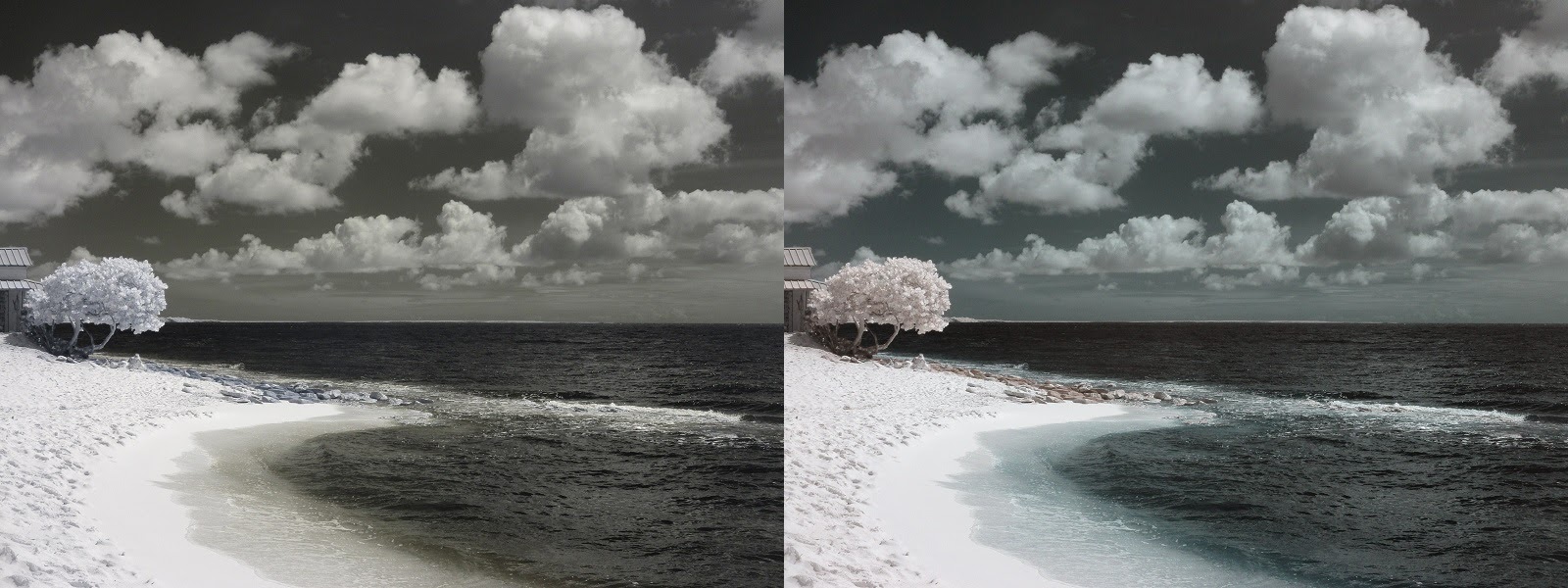CN Review: Kolari Pocket IR Camera
This review is a long time coming. I got the Kolari Pocket camera year ago and have used it off and on for the past year.
A little first about Kolari. Kolari Vision is a company that specializes in camera conversions that remove the hot mirror filter in front of the camera. They can then tailor that camera for UV, IR and full spectrum uses.
One of my photographic passions is infrared photography. I have done infrared photography for over 10 years now. I have moved from the 20D to my current infrared camera, the EOS-M M5 over the years.
However one thing as with any camera, is that it’s bulky and there’s times I don’t want to carry around a full camera setup. These times, I usually just like most of us shoot with my phone. But, a phone can’t necessarily shoot infrared, only color. The OnePlus flagship could shoot infrared before the internet blew up stating that it can see through clothing. Because of this, OnePlus turned off that camera and I doubt we’ll ever see it again. Thanks Internet.
Last year, Kolari came out with what they call the Kolari Pocket. This camera is a full spectrum converted Elph 180 that you can purchase as a kit. You have two options: a brand new Elph 180 or a used Elph 180. You also have a choice of filter options.
If you get any combination of the three filter set or above, you get the opportunity to use this camera in a multitude of ways, as a normal color camera, or as an IR camera, as the three filter kit has both IR filters and also an IR/UV hot mirror filter.
The kit arrives very nicely boxed and quite suitable as a gift. Opening up the box shows that everything is shipped to you very well protected in their own styrofoam protective slots. It’s a very nice and well constructed package.

The first thing I noted was .. wow is this ever small. It literally is a pocket camera.
The Elph 180 is actually a pretty powerful little camera. It’s core specifications are;
-
20.0MP 1/2.3" CCD Image Sensor
-
8x Optical Zoom Lens
-
28-224mm (35mm Equivalent) F3.2-6.9
-
Continuous shooting up to 2.2 fps
-
720p24 video shooting for up to 29:59
-
2.7” 230K dot LCD
-
95.2 x 54.3 x 22.1 mm
-
126g
Comparatively speaking against what is the diminutive EOS-M M5, the Elph 180 is an entirely different level of small.

Usage
Using the camera is just the same as using a normal Canon Compact camera. The only thing that you should note is that you pretty much always have to be in P mode. This took me a while to figure out as I was wondering, doesn’t this thing have custom white balance? Canon Crippling™! Ah, wrong shooting mode.
You access the camera shooting mode pressing the AUTO button, and pressing it until P is selected.
If you shoot with multiple filters, you’ll get used to changing your white balance when you do a filter swap, especially because most of the times you’ll just be shooting JPEG images.
Setting up this camera white a custom white balance is far easier than Canon mirrorless or DSLR’s.
-
Press FUNC SET, make sure you are in P mode.
-
Then scroll down to white balance.
-
Choose Custom White Balance
-
Press MENU again while pointing the camera at a normal scene. The camera will sample an image, beep and change the white balance.
Why can’t it be this easy on our real Canon cameras?
What I also found necessary is that especially with the IR chrome filter you may want to adjust your exposure compensation down. The IR chrome filter seemed to meter better with -2/3EV to -1EV exposure compensation. Because you are using JPEG’s, if the metering runs hot - there is little recovery in the highlights.
After that, it’s just a matter of choosing your filter and shooting.
Image Quality
The image quality is pretty good. I say pretty good, because it is a pocket camera with a small sensor, and a 8x optical zoom. There are limits to how good this can and will be. If I inspect the images, I see there are obvious signs of oversharpening, and certainly it’s a bit muddy when compared to the output of say a converted EOS-M5 with an EF-M 32mm. But let’s be realistic here, you are getting this so you can take infrared photos in a pocket sized camera.
There is no observable hotspots with the lens, nor is there any long wavelength smearing. The images you get from this camera are quite detailed. Expect to still downsize around 50%. Even with a 50% reduction still leaves you with a very good 5.9MP image. Which is far more than you need for more casual photos as it leaves you with plenty of resolution for even modest sized printing and far more than enough for social media purposes.
The image quality does seem to differ though depending on the filter. As with a lot of lenses, the IR chrome filter places an extreme amount of difficulty on the lens optics. With the Elph 180, I find that I need to drop down to around a 30% image size using the IR chrome filter to remove any smudginess that seems to occur at times with that filter. Your mileage may vary, but even with such a reduction, social media usage is more than fine.

Flare can certainly happen as well, and you have little recourse if this occurs because there is no lens hood. At times I can block the sun by placing my hand in front of the camera, shading the sun off the image. However even with that technique at times flare is simply unavoidable.

However if you make sure you take that into account, the camera performs remarkably well

Shooting the standard 720nm filter gives pleasing results and even doing the channel swapping and aggressive manipulation in post processing works well.

As you can see from this sample, the channel swapped version is on the left, while the original image is on the right. This can be done with the 720nm filter most particularly, giving the skies back a near blue look depending on the light quality. The saturation seems a little low than what you'd get with a bigger sensor, but there is still far more room to adjust the output. If you are doing alot of 720nm and post processing, I would recommend getting CHKDK for the ELPH 180, and outputting RAW files instead of attempting to post process JPEG files.
Conclusion
First a disclosure, while Kolari Vision is an affliate of ours, I purchased this camera for my own personal use. Kolari did not sponsor, nor had any input into this review.
I really like the portability of the Kolari modified Elph 180. While the images will never reach the quality of my converted mirrorless cameras with their much bigger sensors, this is the infrared camera to take with you anywhere, and is more than good enough for casual or social media use, where the quality isn’t nearly as important as large prints. While most of us have our smartphones with us, as our take anywhere camera, these images are simply ones you cannot get with a smartphone. I can put this camera in my pants pocket, and carry it anywhere. The small size of the camera also insures that it's not really noticable while in use. This is most likely the only camera that I'll have with me that handles infrared photography, and remains inconspicuous.
The cost of the camera is another consideration. As anyone that takes infrared photos will know, the filter set and camera, not to mention conversion ends up being a pretty expensive system overall. There are times I do not want to worry about losing my main infrared system or having it stolen. The relative inexpensive cost to this camera allowed to me to take it places that I wouldn't necessarily consider taking my main infrared camera. It is simply a camera that I grab as I leave the house without a second thought.
I find the Kolari infrared filters give a pleasing output, with perhaps the 720nm a bit muted in it’s saturation and color. The IR Chrome which I find is a difficult filter to match with complex lenses also works well with the converted Elph 180. As with any infrared modified camera, shooting RAW is necessary to get the most out of the camera. But this really depends on where the images would go. If they are just going to end up on social media, then I wouldn't even bother to load CHDK and take RAW photos.
My final thought is that I never for an instant considered the Kolari Pocket anything else other than a complete bargin. You have to consider that this camera costs less than what the average sensor conversion would cost on a camera you already own. The low cost of the Kolari Pocket - and the extreme ease of portability, make this an attractive secondary camera. It also is a great little camera, if you want to explore infrared photography without modifying one of your own cameras.
7429